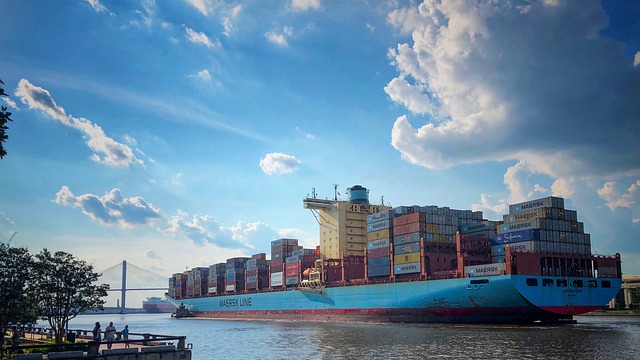Sea Freight from Guangzhou/Shenzhen to Richmond, VA: A Comprehensive Guide for 20FT/40FT FCL and LCL Shipments
1. Shipping Options: FCL vs LCL
Full Container Load (FCL):
For larger shipments, FCL is often the preferred method. It involves booking an entire container (either 20FT or 40FT) for your goods. This option offers faster shipping times, better security for the cargo, and reduced risk of damage since the container is dedicated solely to your goods.
- 20FT Container (20′ Shipping Container): Ideal for smaller but full container shipments.
- 40FT Container (40′ Shipping Container): Suitable for larger shipments, maximizing space and reducing overall shipping costs per unit.
Less than Container Load (LCL):
If you don’t have enough goods to fill a full container, LCL shipping allows you to share a container with other shippers. This option reduces shipping costs but may involve longer transit times due to the need to consolidate and de-consolidate cargo at both the departure and destination ports.
- Transit Time for LCL: From Guangzhou/Shenzhen to Richmond, VA, the typical sea freight transit time is around 28 days.
2. Shipping Process from China to Richmond, VA
The sea freight process from Guangzhou or Shenzhen to Richmond follows several key steps:
Booking and Documentation:
Once you’ve decided between FCL and LCL, your next step is booking the shipment with a freight forwarder. You will need to provide details about the cargo, including its type, weight, volume, and any special handling requirements. Documentation such as the Bill of Lading, commercial invoices, and customs paperwork will be prepared.Container Loading and Transportation to Port:
After booking, your goods will be transported to the port (either in Guangzhou or Shenzhen). FCL cargo is loaded directly into the shipping container, while LCL cargo will be consolidated with other shipments in a shared container.Ocean Freight:
Once the cargo is loaded, it will be transported via ocean freight to the Port of Richmond, VA. The journey typically takes around 28 days, but this can vary based on factors such as weather and port congestion.Arrival and Port Handling:
Upon arrival at the Port of Richmond, the cargo will go through customs clearance before being released for delivery to the final destination.Delivery to the Final Destination:
For FCL shipments, your full container will be delivered to the destination, ready for unloading. LCL shipments will be de-consolidated at a warehouse before delivery.

3. CIF Shipping Terms
When shipping under CIF (Cost, Insurance, and Freight) terms, the seller assumes responsibility for the cost of goods, insurance, and transportation to the destination port. However, buyers should still be aware of import duties, taxes, and inland transportation costs that will be incurred once the goods reach the U.S. port.
4. Cargo Packaging for Safe Transportation
Proper packaging is crucial for the protection of your goods during the journey. Different types of goods require different packaging methods to ensure they are secure and safe from damage, moisture, and shifting during transit.
FCL Shipments:
- Goods should be packed in sturdy, high-quality packaging that can withstand the rigors of sea transport. For example, heavy items should be securely palletized and wrapped with stretch film or shrink wrap to prevent movement within the container.
- Fragile goods may need to be packed in custom crates, with padding or cushioning to absorb shocks.
LCL Shipments:
- Since LCL shipments involve sharing a container with other cargo, it’s especially important to pack goods carefully. Cartons should be sturdy and appropriately sized for the items inside. They should be clearly labeled with handling instructions.
- Palletizing LCL cargo is often recommended to reduce the risk of damage and facilitate easier handling during loading and unloading.
Cargo Protection Measures:
- Waterproofing: To prevent moisture damage, especially for items sensitive to humidity, waterproof materials or desiccants can be used.
- Weight Distribution: Ensuring even weight distribution in the container helps avoid shifting during transit and reduces the risk of damage to goods.
- Palletizing and Securing: For both FCL and LCL shipments, securing goods on pallets and using straps or shrink wrap will keep everything in place during the sea journey.
5. Tracking and Updates
Modern shipping companies offer cargo tracking services, which allow you to monitor your goods throughout the shipping process. You will receive updates on the estimated arrival times, any potential delays, and when your goods are cleared through customs and ready for delivery.



